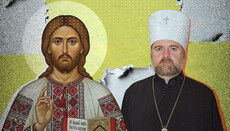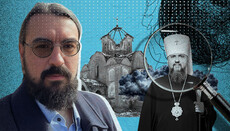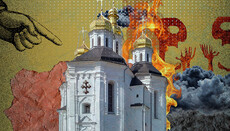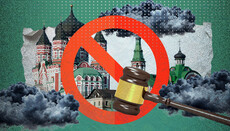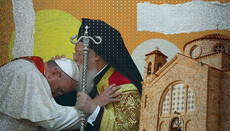Reality vs Statistics: Easter 2024 in the сhurches of UOC vs OCU
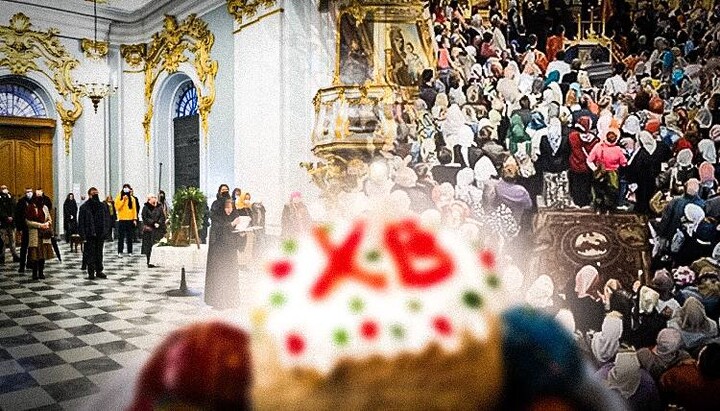
Sociological surveys show that the majority of Ukrainians support the OCU and oppose the UOC. But how much do these survey results correspond to reality?
According to the latest sociological research by the Kyiv International Institute of Sociology, the overwhelming majority of Ukrainians (over 60%) support the ban on the UOC. Earlier surveys also indicated that the OCU enjoys the highest popularity among Ukrainians: 54% of our compatriots consider themselves parishioners of Dumenko's structure.
At the same time, according to this survey, only 4% of Ukrainians consider themselves believers of the Ukrainian Orthodox Church under the omophorion of His Beatitude Metropolitan Onuphry.
We have repeatedly written that such surveys are tendentious and do not reflect reality. Because verifying the numbers of KMIS and other sociological firms engaged in similar activities is easy – it's enough to visit the churches of the OCU and the UOC and compare the number of people there.
In this sense, Metropolitan Yevlogy of Sumy rightly notes that "people vote on matters of faith not through polls, but with their hearts and feet. For a believing person, Christ is incomparably greater and more precious than any propaganda – the history of the Church in the lives of its martyrs and confessors proves this."
Therefore, we decided to conduct a small study and check how the numbers from KMIS correlate with the actual situation. The logic is simple: if 54% of Ukrainians support the OCU, and only 4% support the UOC, then the number of parishioners in Dumenko's structure should be 10 times greater than in the canonical Church.
As part of our research, we decided to compare photos from the services of both religious organizations during the Easter holiday and the first days of Bright Week. This choice is not accidental.
Firstly, Easter is the most revered holiday for Ukrainians, and even those who do not attend church at all come to "bless their Easter cakes".
Secondly, we chose the first days of Bright Week because on most websites and Facebook pages of the eparchies of the OCU, there are simply no photos from Easter "services". And indeed, this is very strange. Because, for example, there are photos from the Great Saturday "service", sometimes there are photos from the services of Bright Week, but there are very few from Easter. The answer to the question "why?" will be given at the end of this article.
Survey vs Reality
If we are to believe the surveys, then the greatest support for the OCU among Ukrainians is in the western part of our country. Well, let's see how this support manifests itself in practice.
Monday of Bright Week. The head of the Chernivtsi-Bukovynian diocese, Feognost, makes an "archpastoral" visit to the city of Zastavna, Chernivtsi region. What do we see? In a city with a population of almost 8000 people, only about 80 people attended the "service" with their "archpastor".
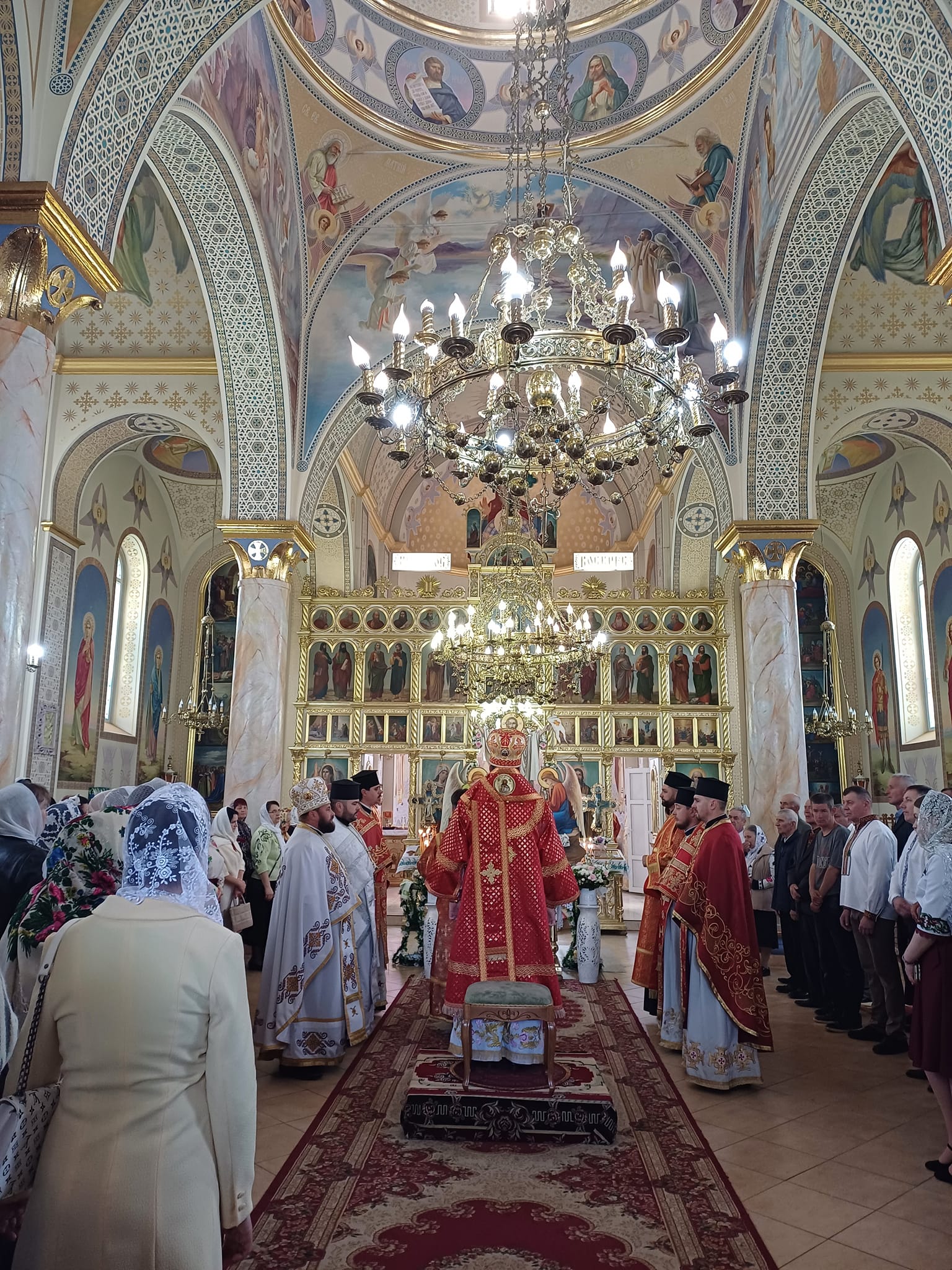
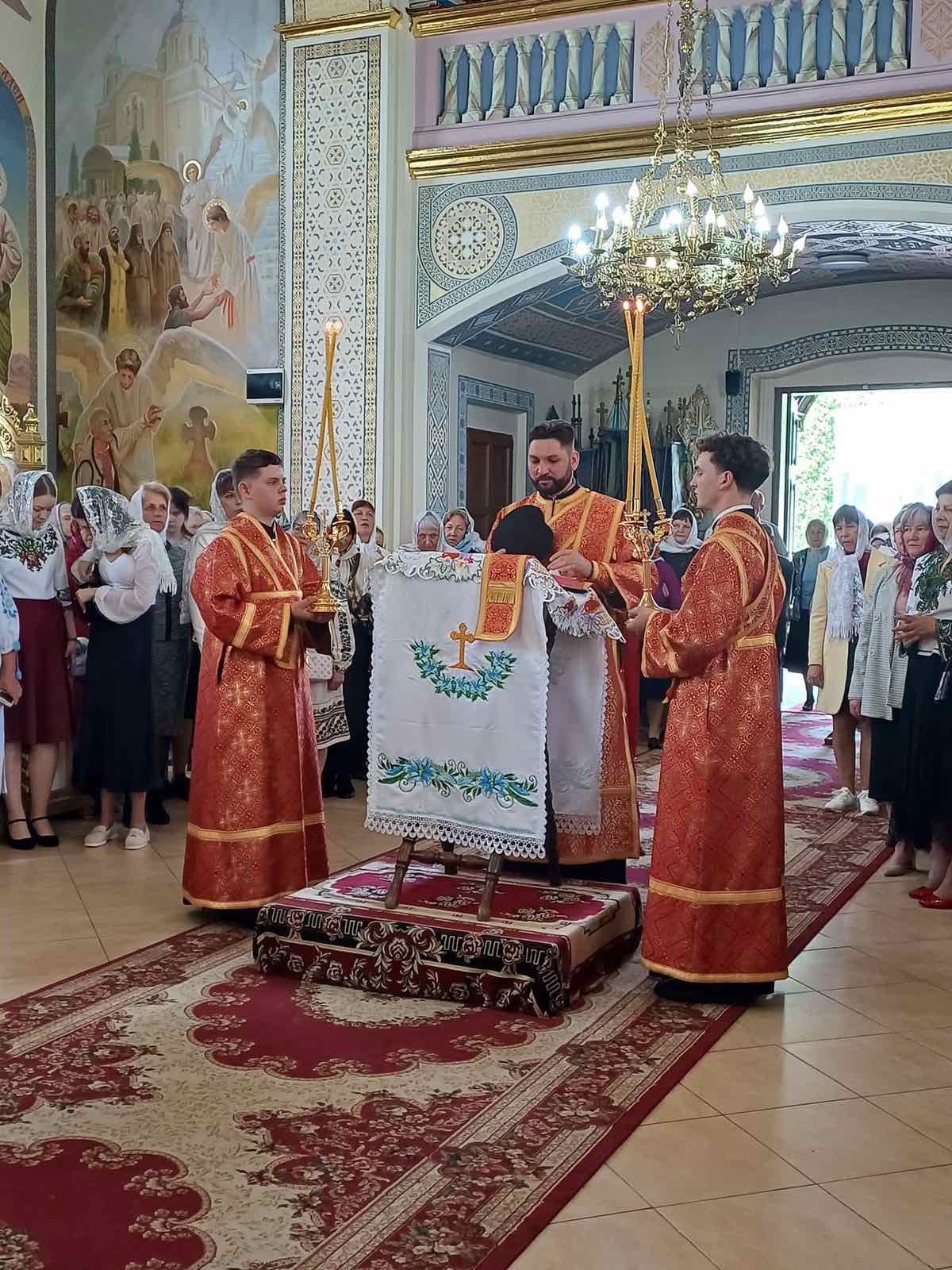
It is clear that considering the surveys, the number of believers attending services in the Chernivtsi-Bukovynian diocese of the UOC should be 10 times less, around 8 people. To confirm this, it is enough to look at the photos from the UOC services in Bukovyna. As an example, let's take not even an archpastoral liturgy, but a service that took place in Storozhynets, in an ordinary parish church. And what do we see?
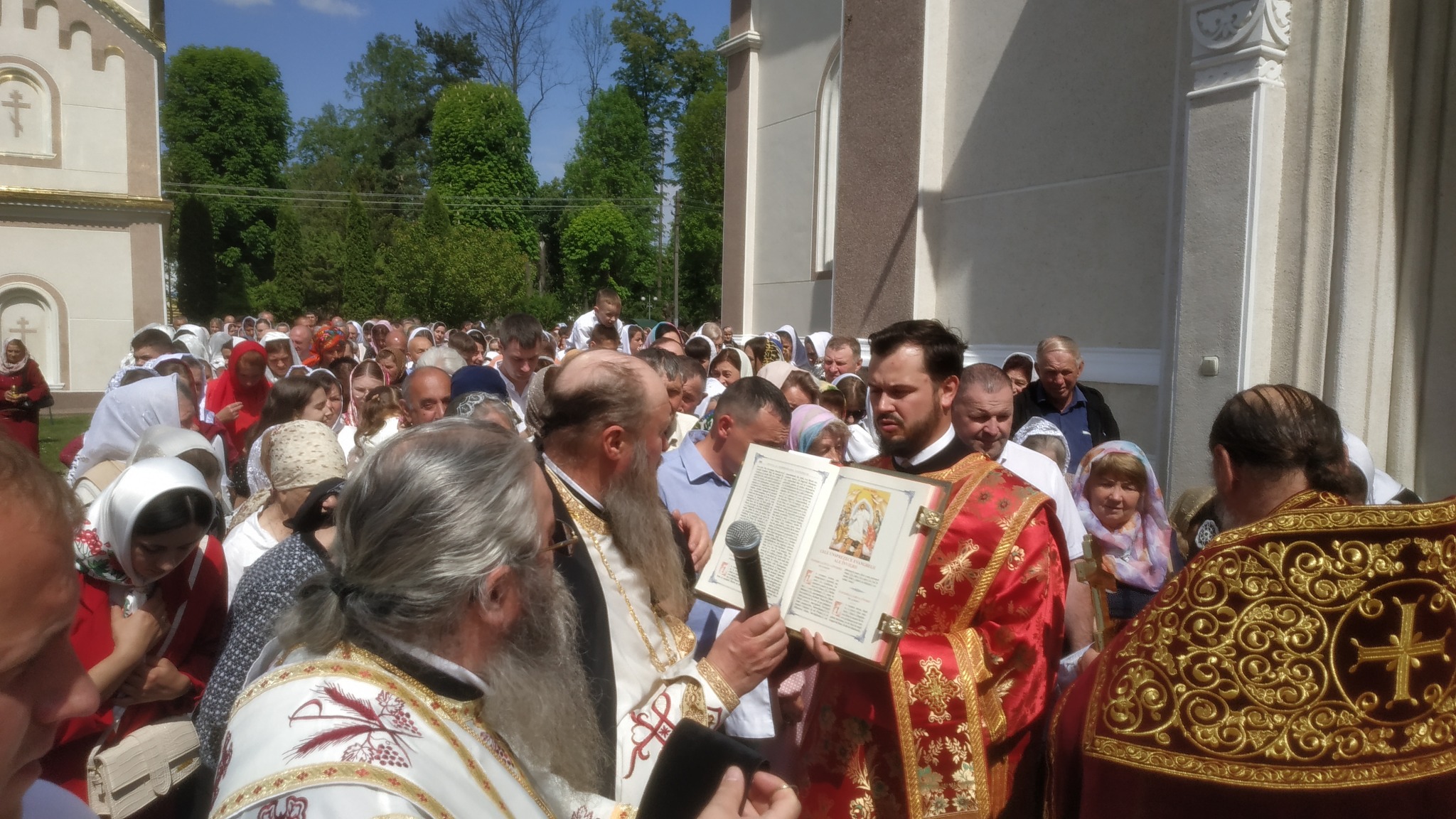
We see that the number of people who came on Tuesday of Bright Week to the church of St. George of the UOC in Storozhynets is simply incomparable to what we saw in the OCU church in Zastavna.
Let's move on and go to Ivano-Frankivsk. Here, "archbishop" of the OCU, Tikhon Petranuk, on Monday of Bright Week visited not just an ordinary parish church, but the second cathedral of his diocese in Ternopil. You would agree that on such a day and in such a place, there should be a lot of believers. But...
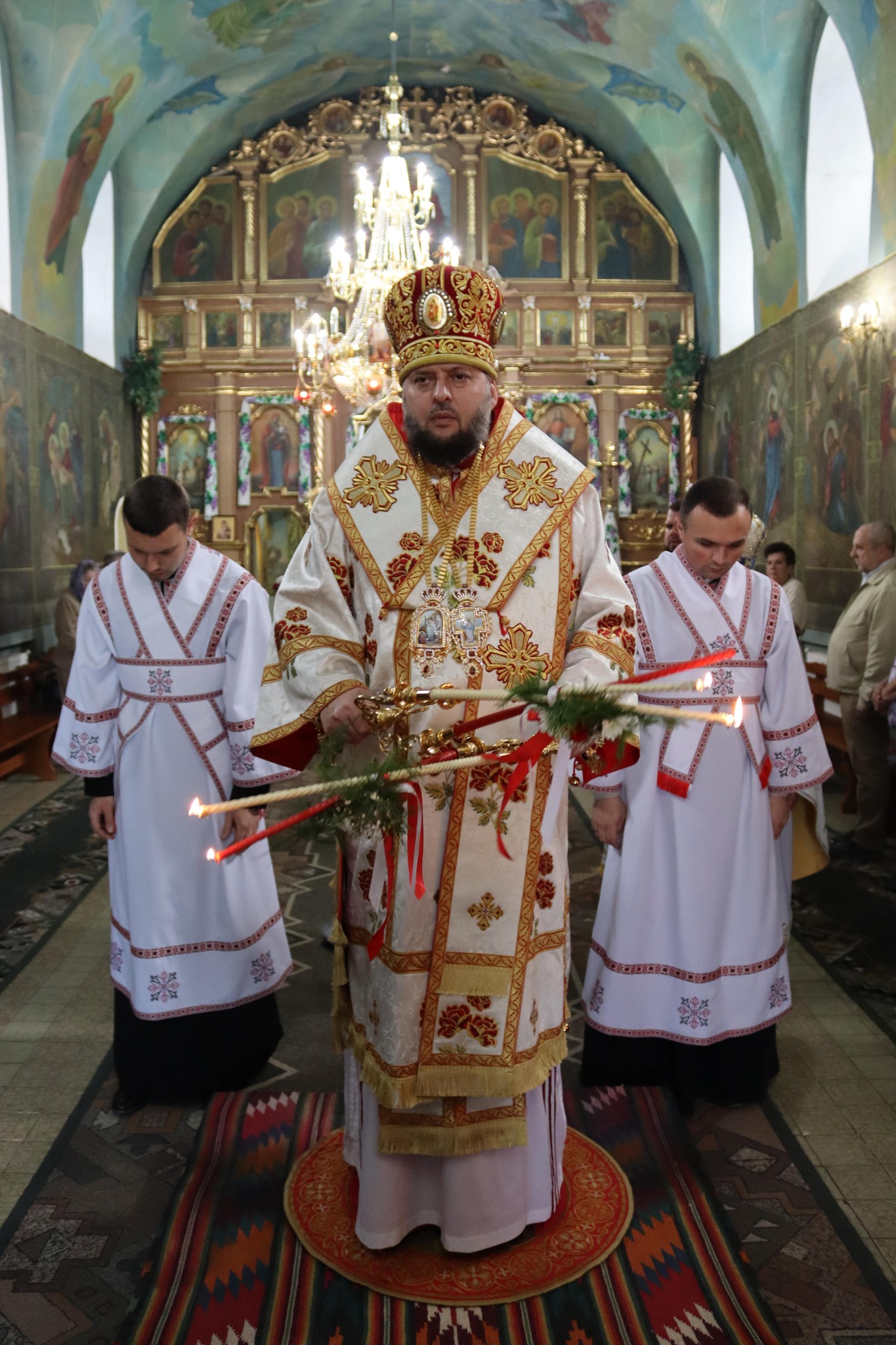
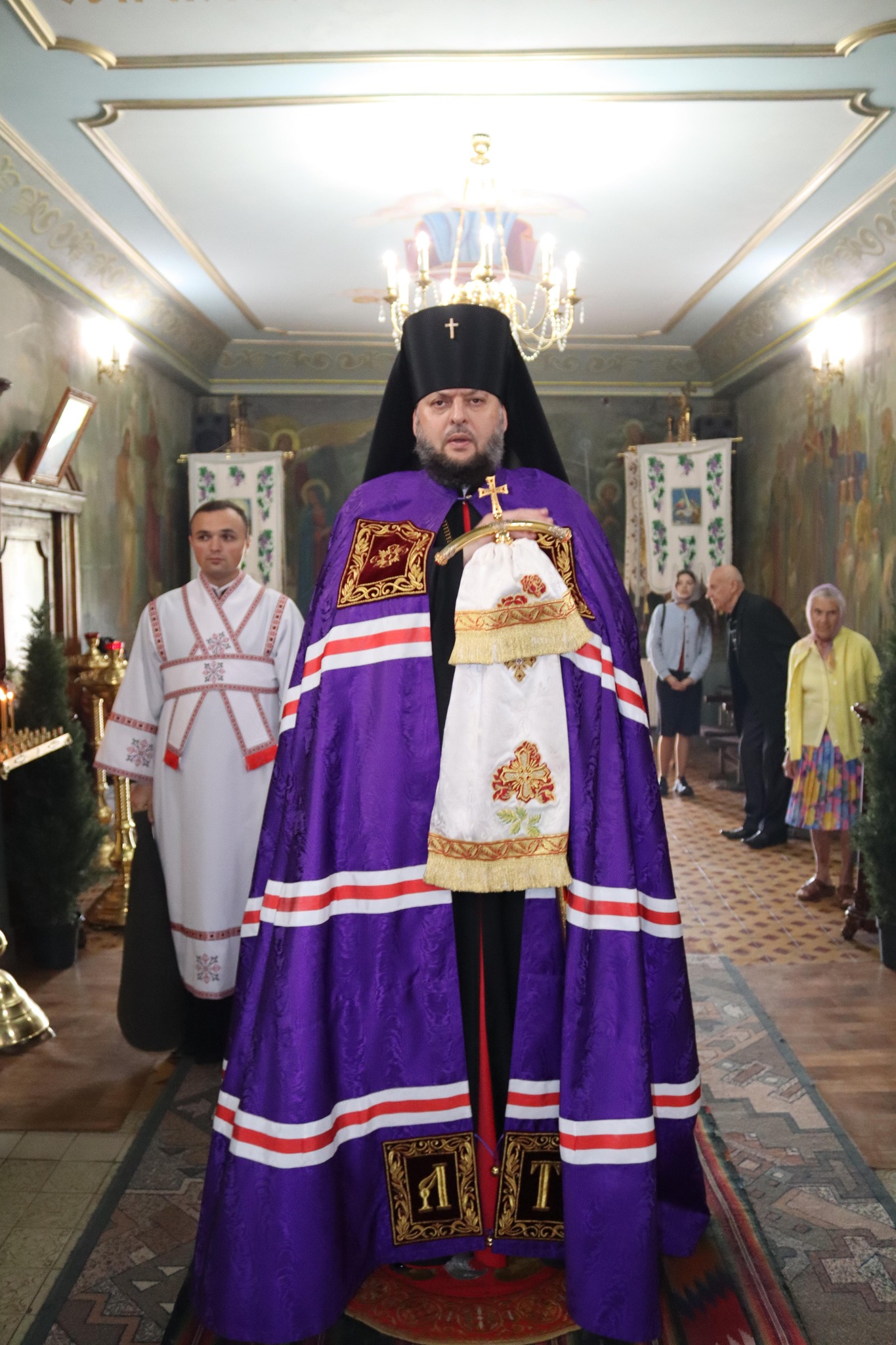
Upon inspection, it turns out that there are even more "priests" in this church than ordinary believers, who are almost nonexistent.
In Ternopil, as we know, there are very few Orthodox churches left, and those that exist do not publish photos from their services for known reasons. Comparing the "service" of Tikhon Petranuk and the service that took place on that day in the Pochaiv Lavra would not be fair. Therefore, we took the liturgy that took place on Wednesday of Bright Week, not in the Pochaiv Lavra itself, but in the Holy Spirit Skete.
To avoid being verbose, we suggest you compare the photos above with this video:
Vinnytsia. In this city lives and works one of the former bishops of the UOC who joined the OCU, taking with him the cathedral and several priests, – Simeon Shostatsky.
Over the years spent in Vinnytsia, this person should theoretically gain serious support from the common people. And considering the circumstances, this support should be simply incredible.
But in reality, compared to his colleagues from Chernivtsi and Ternopil, Shostatsky does not appear more confident. Only about 30 people attended his "service" on Bright Tuesday in the village of Cherepashyntsi.
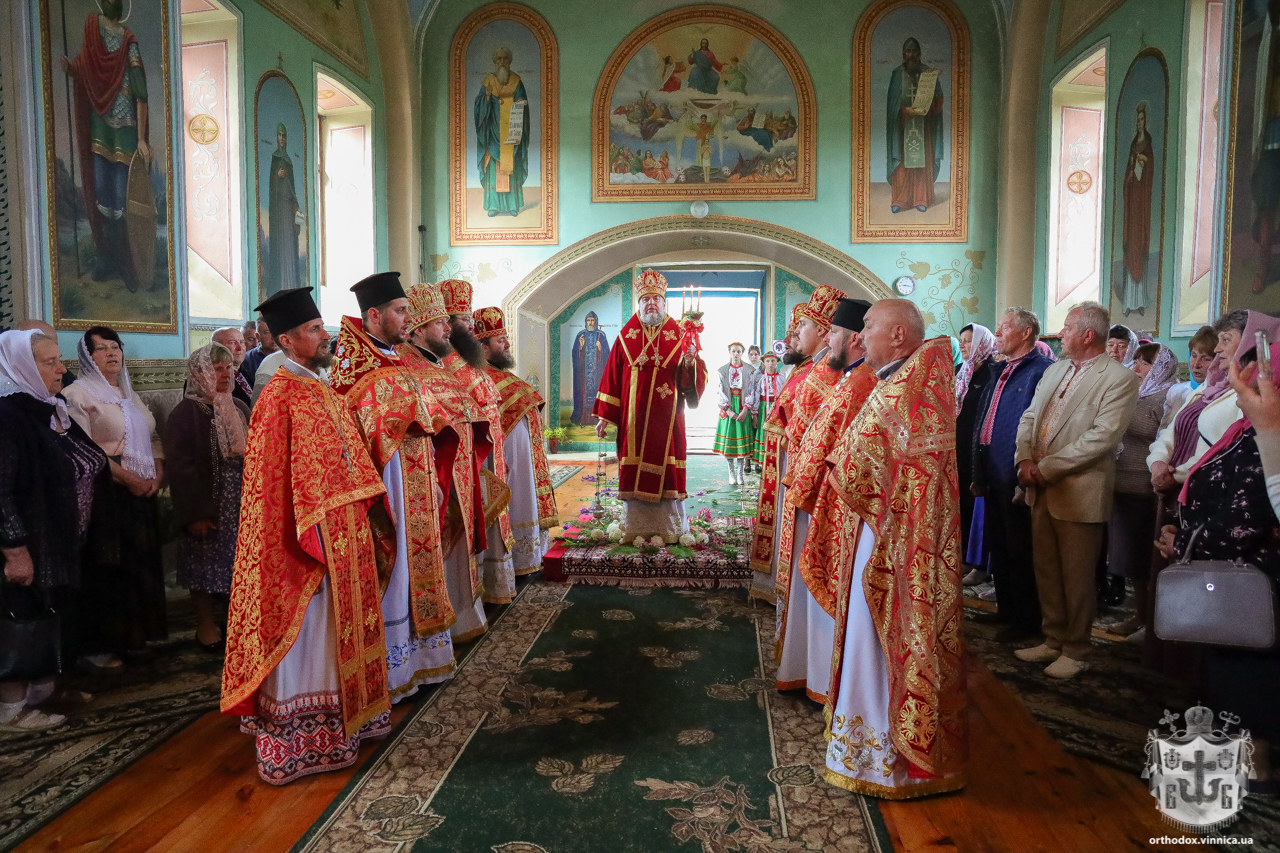
On the same day, also in a village (Lukashivka), Metropolitan Varsonofiy of the UOC Vinnytsia diocese served the liturgy. According to the logic of the surveys, there should have been 3-4 people present at the service of the UOC hierarch.
But in reality, we once again saw that the reality in which our politicians live is different from that of the common people and their Church:
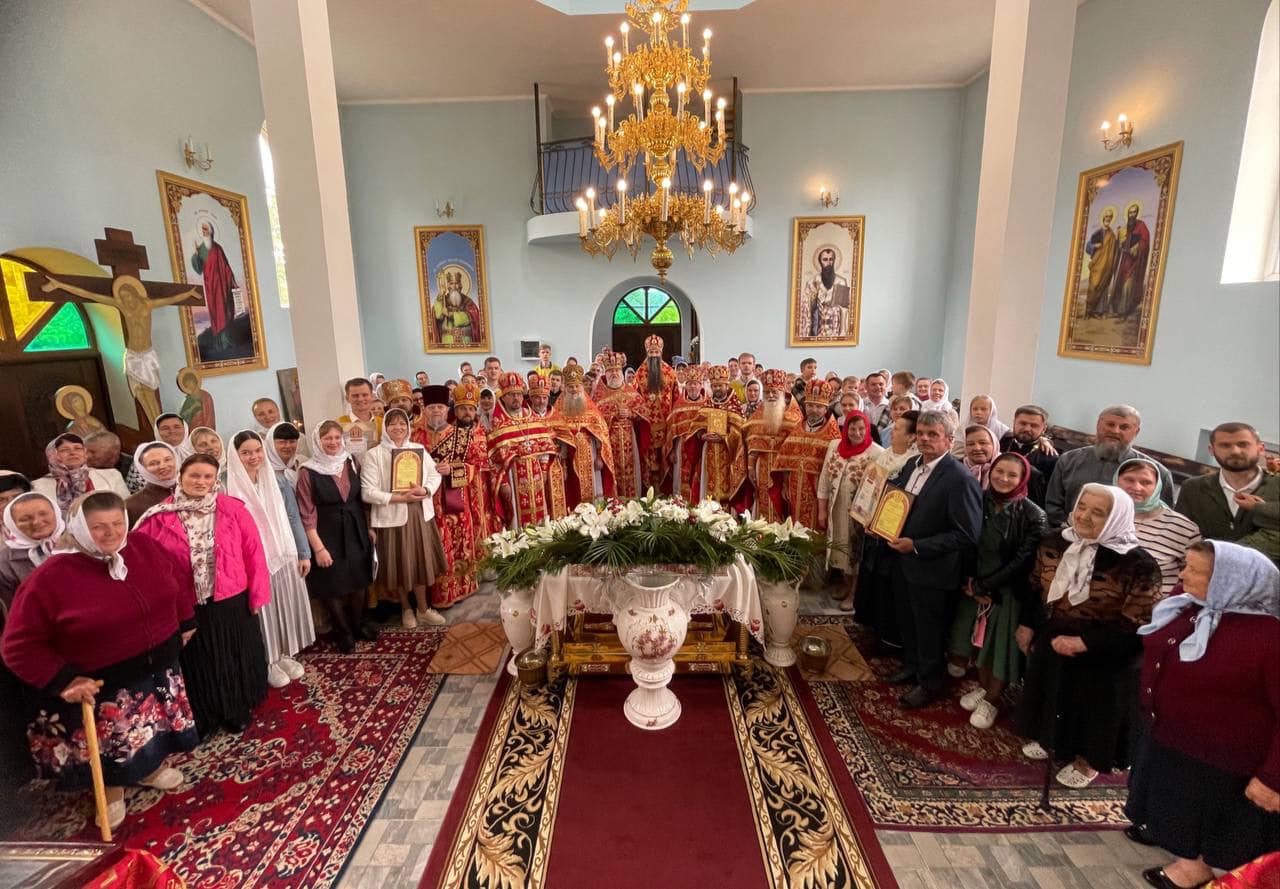
An even more interesting picture is observed in the neighboring Khmelnytsky diocese. There, as we remember, the OCU took over the UOC's cathedral, and the number of "transfers" from the canonical Church to Epifaniy's structure, according to the authorities, is perhaps the largest in Ukraine overall. So, the support for the OCU should correspondingly be the most serious of all the examples we have considered. What do we see in reality?
We see that on the official page of the Khmelnytsky diocese of the OCU, there are photos from Holy Week (almost for every day), but after Great Saturday – nothing. Congratulations on birthdays, reposts from other pages, and not a single message about "services" on Easter or Bright Week. We understood why when we saw several photos taken at night on the day of Christ's Resurrection by local deputy Yuriy Smal, who attended the "service" at the cathedral of the OCU in Khmelnytsky.
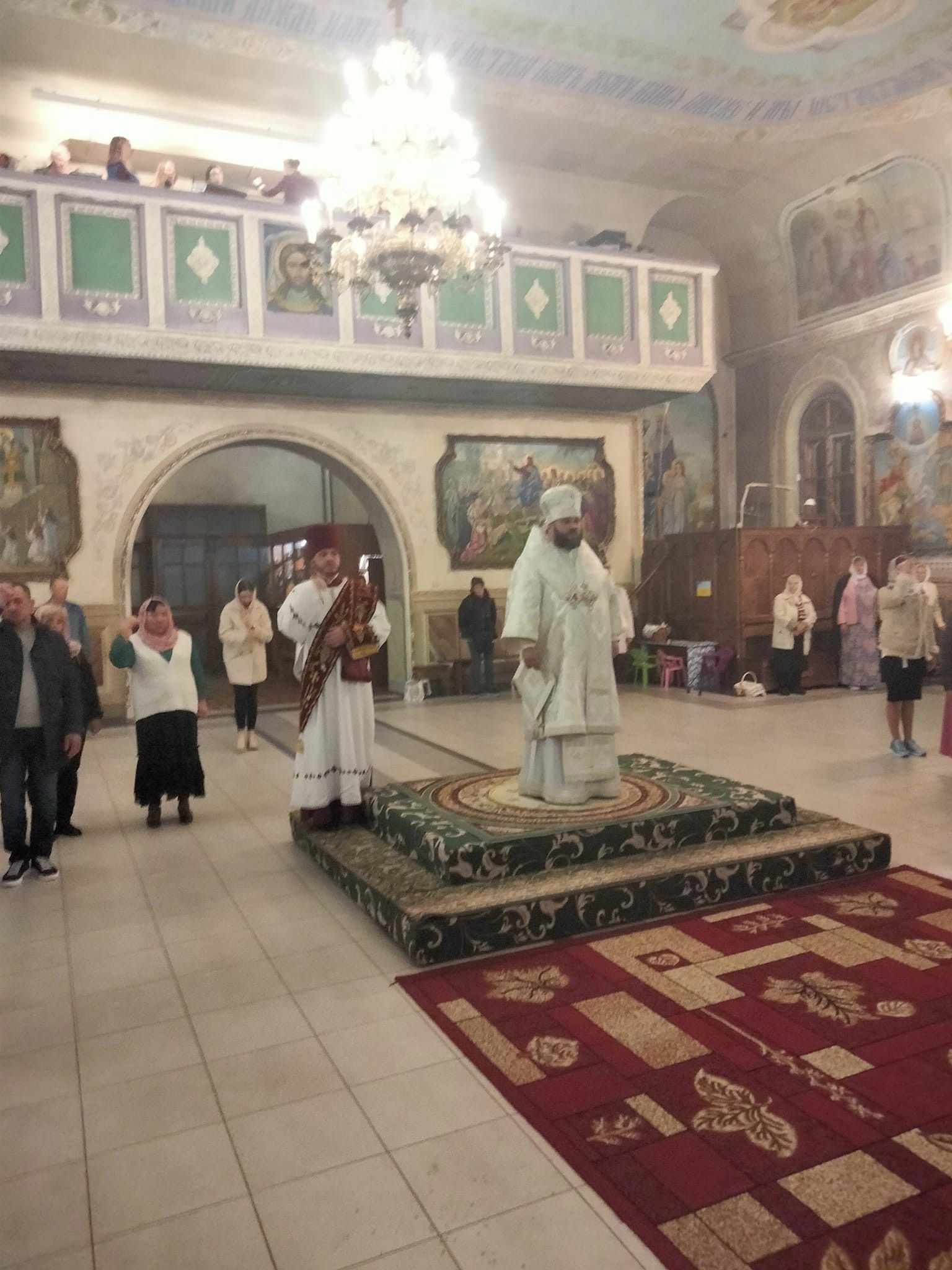
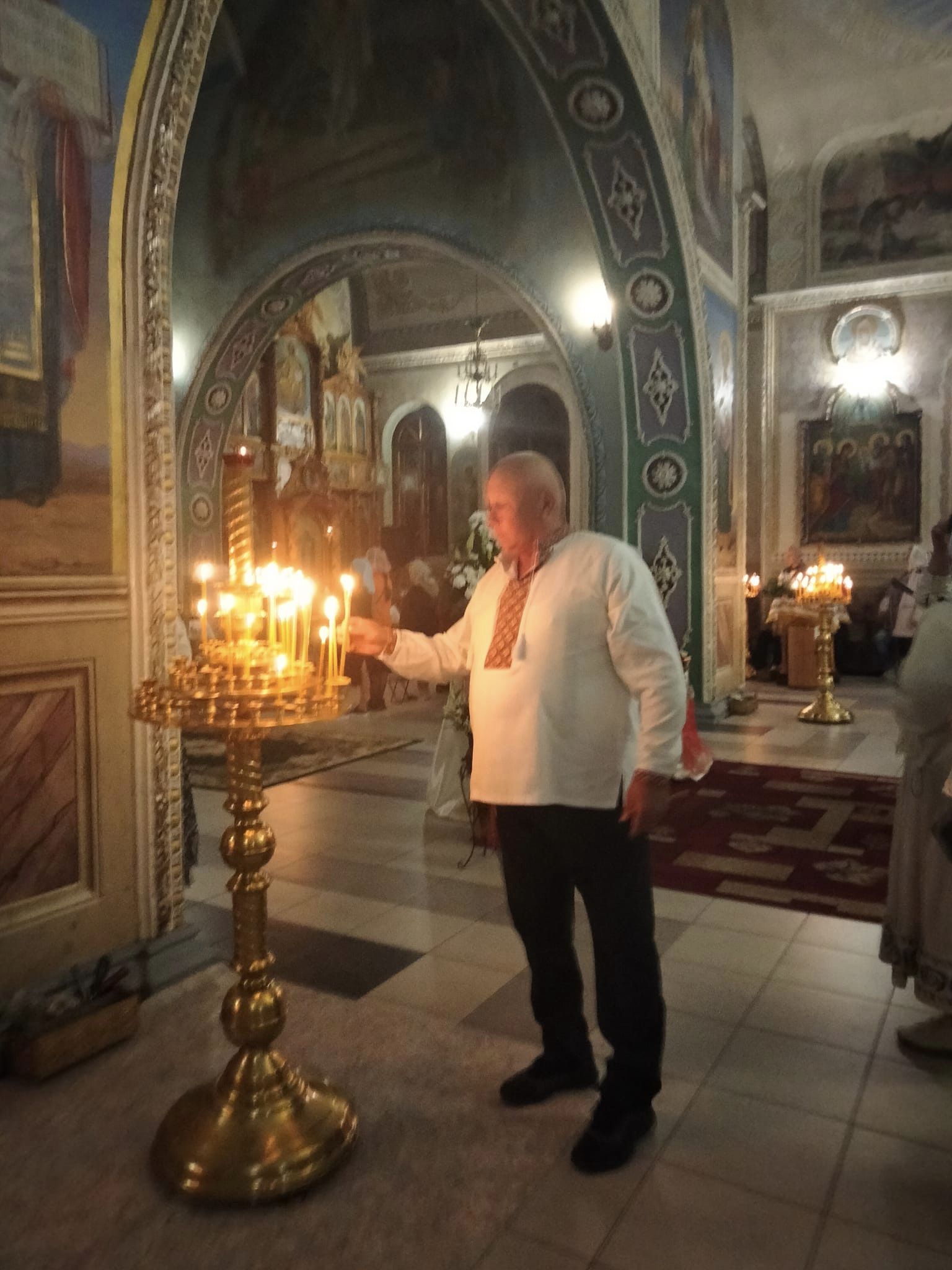
As we can see, on Easter night, the cathedral of the OCU is practically empty. The number of parishioners at Pavlo Yuristy's cathedral can literally be counted on the fingers. And this is in a city where the OCU feels more than comfortable! So the absence of photos from the Easter "service" of this "hierarch" on the official media of the diocese is simply explained – "Bishop" Pavlo decided not to embarrass himself and not to publish photos of empty churches. Smal jsut hadn't been instructed to refrain from making posts.
An even sadder picture is observed with Yuristy's neighbor – "bishop" Herman of the OCU in Kamianets-Podilskyi, who "served" on Easter in his empty cathedral.
A completely different picture is observed at the services of Archbishop Victor of the UOC in Khmelnytsky. Here are several photos from the Easter liturgy at the cathedral of the UOC, which illustrate the situation regarding the Church:
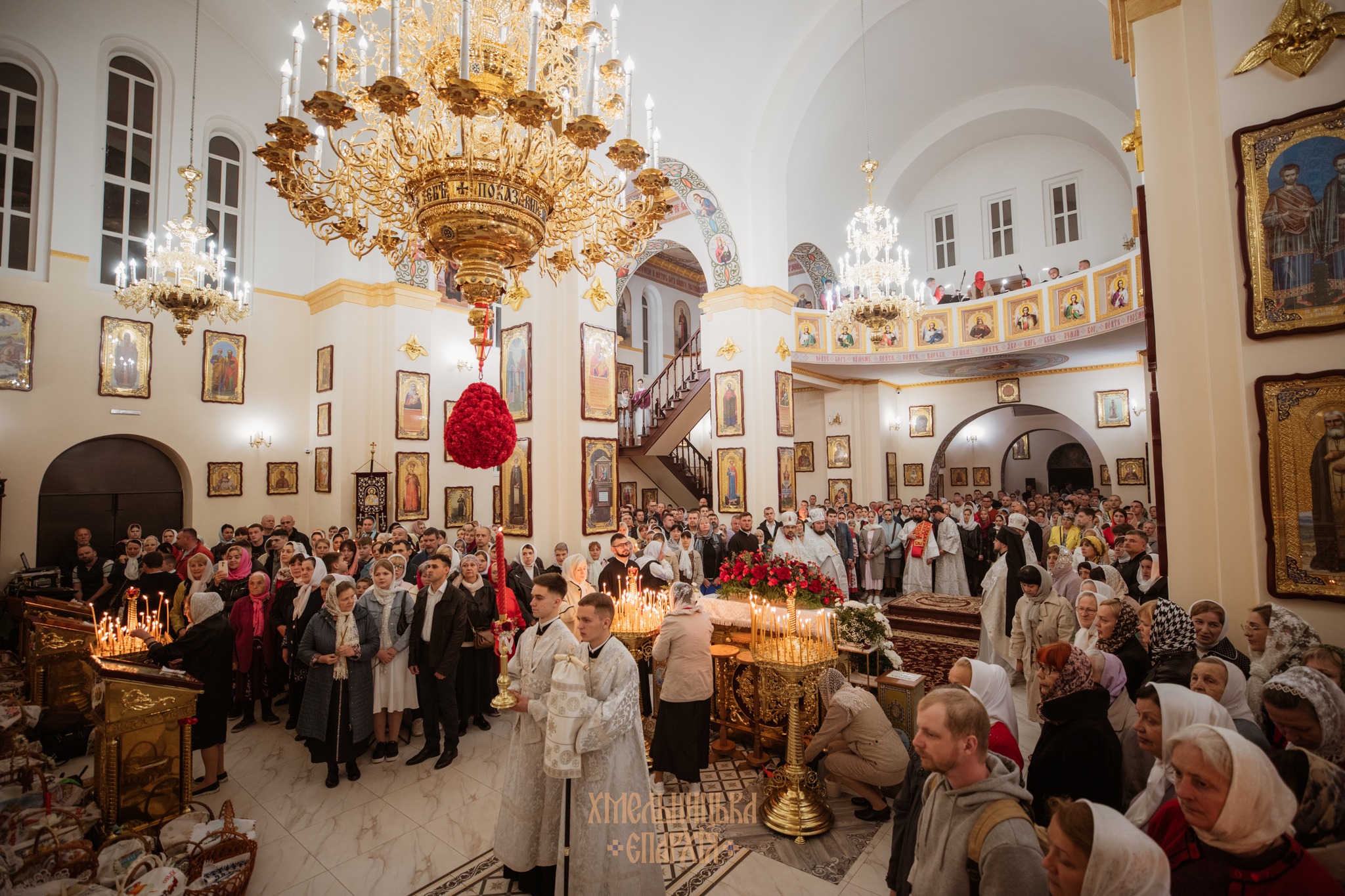
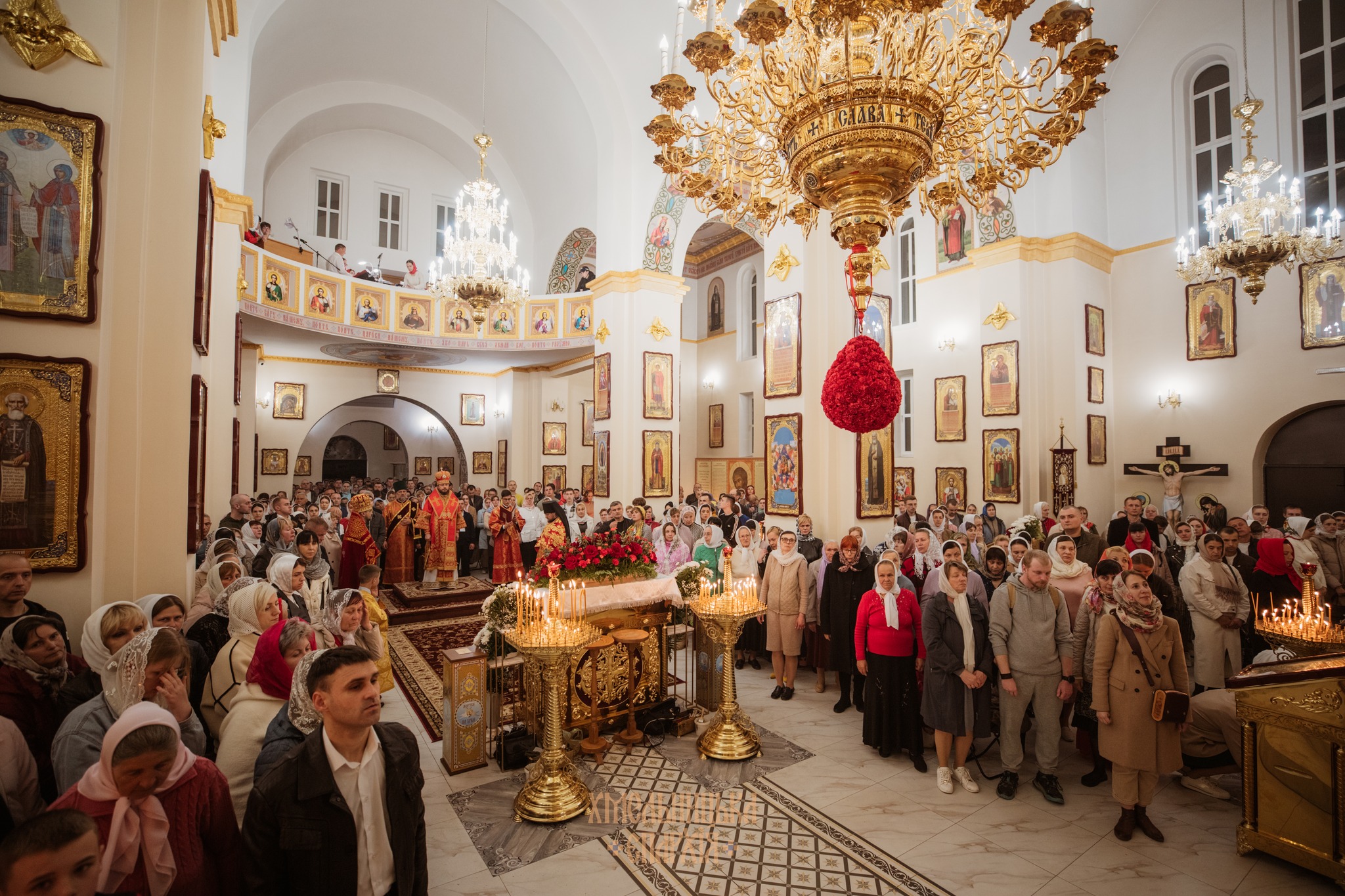
What conclusions can we draw?
Our Church is going through very difficult times. The amount of mud and slander poured on the bishops, priests, and believers of the UOC is unimaginable. The Ukrainian Orthodox Church is being targeted for prohibition, and to achieve this, the grassroots are being indoctrinated to believe that its priests are "FSB agents in cassocks", "traitors", "the fifth column", and so on. Its temples are being seized by force, believers and clergy are being beaten, bishops are being imprisoned.
Journalists who dare to speak the truth about what is happening are being held in detention centers, criminal cases are being initiated against them, they are being accused of treason. A massive anti-Church campaign is unfolding on television and the internet, and it would seem that such measures should bear fruit. What kind? According to the persecutors' plan, the people should have long stopped attending the shrines of the Church outlawed by the state, albeit unofficially. But what do we see in reality?
In reality, we see that our temples are filled with people. Not just "parishioners", not those who accidentally wandered into a UOC church, but real parishioners – people who have made their choice and have come to pray even under the threat of contempt, ridicule, and persecution.
As Metropolitan Yevlogy mentioned earlier: "I can testify from personal experience: despite insane pressure, torrents of slander, lies, violence, and blatant intimidation, there are significantly more believers in our Church. For me, the Passion Week and the feast of Christ's Resurrection were indicative in this regard."
He mentioned that during his years in the Sumy region, he had not seen such a large number of parishioners attending services during Holy Week. According to his observations, they were not random people but those who genuinely prayed, followed the service through books or gadgets, and all approached the communion of the Holy Mysteries on Holy Thursday, Saturday, and Easter.
Similar situations were reported by rectors in other churches as well.
And the situation in the churches of the OCU is completely different – they are empty even on Easter when those who never go to church are supposed to come there. And here arises one question: why is that?
The answer to this question can only be one: hundreds and thousands of praying parishioners of the UOC are people who thirst to hear the word of truth, and in this thirst, they go to the living source. After all, what's the point going to the dead one?
